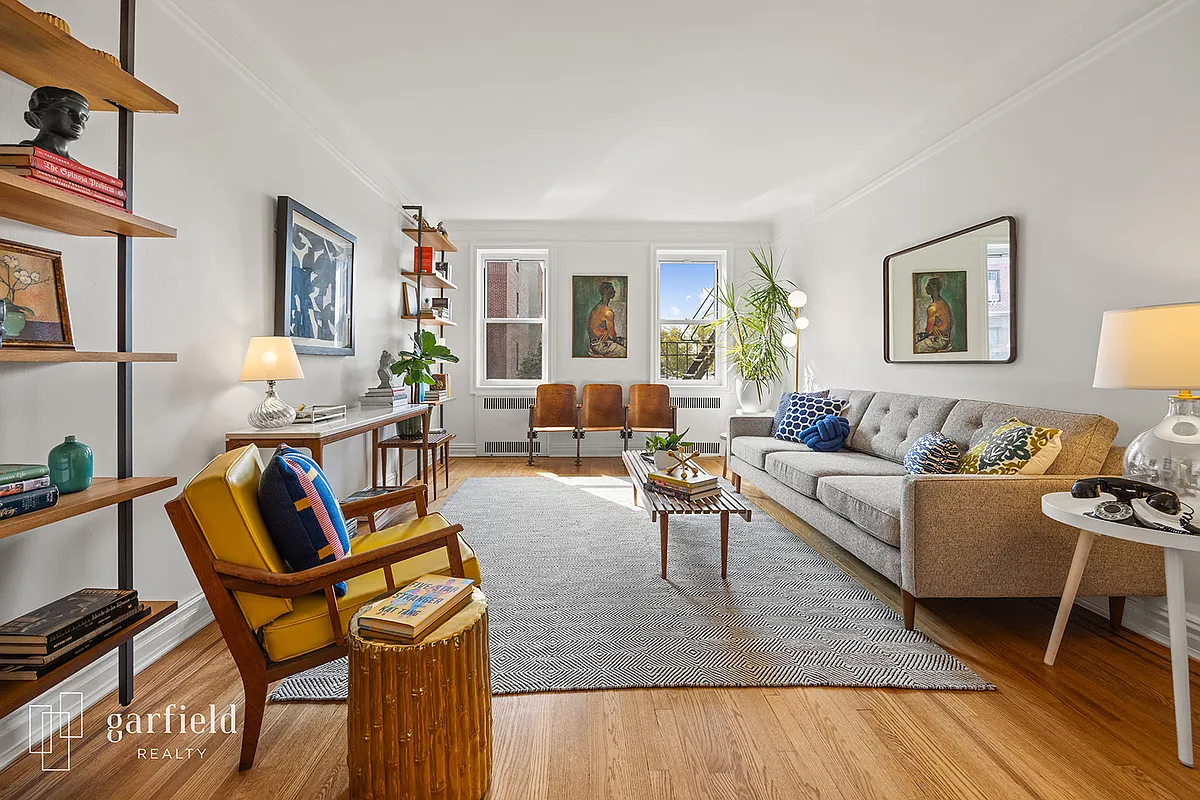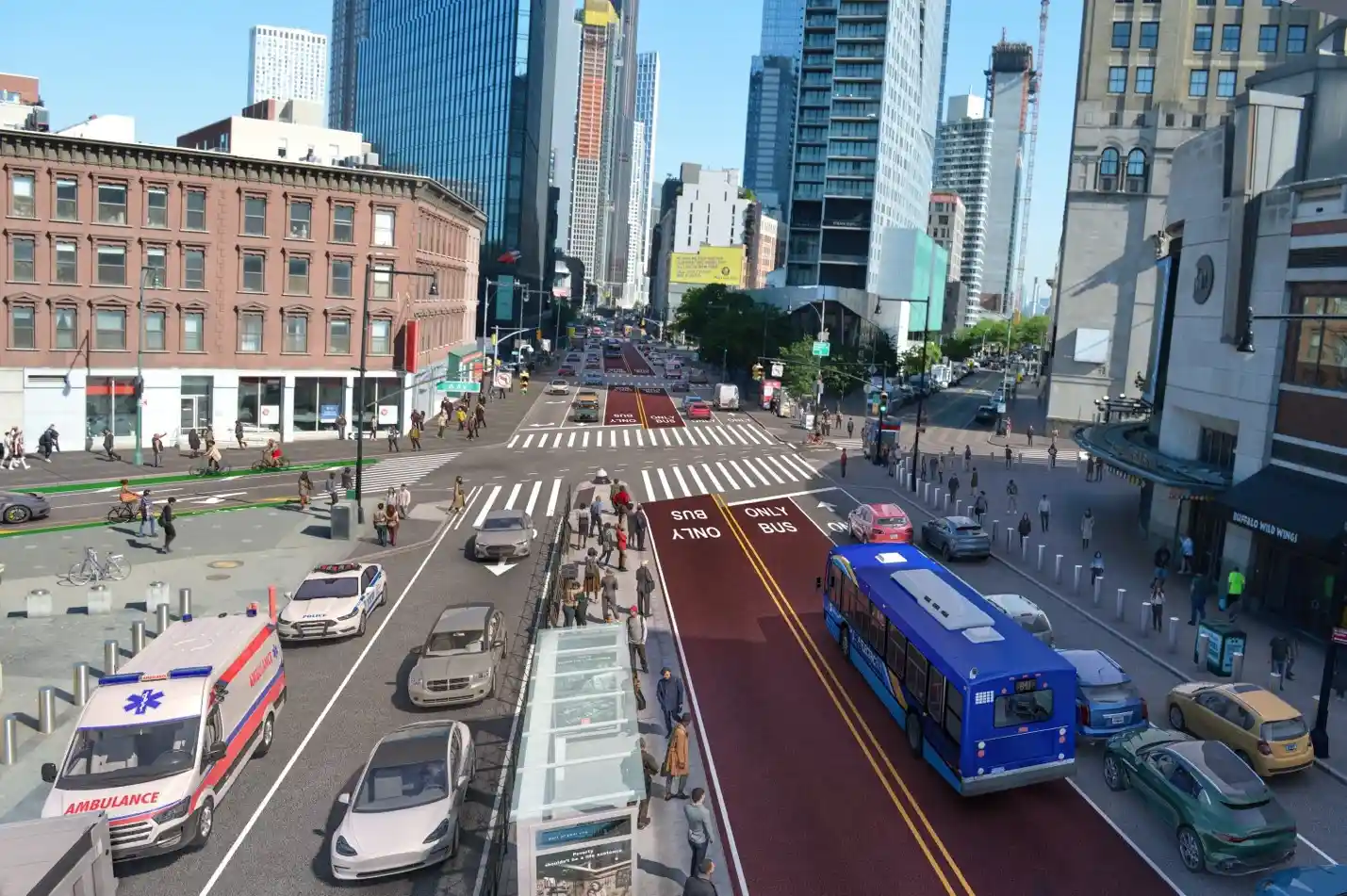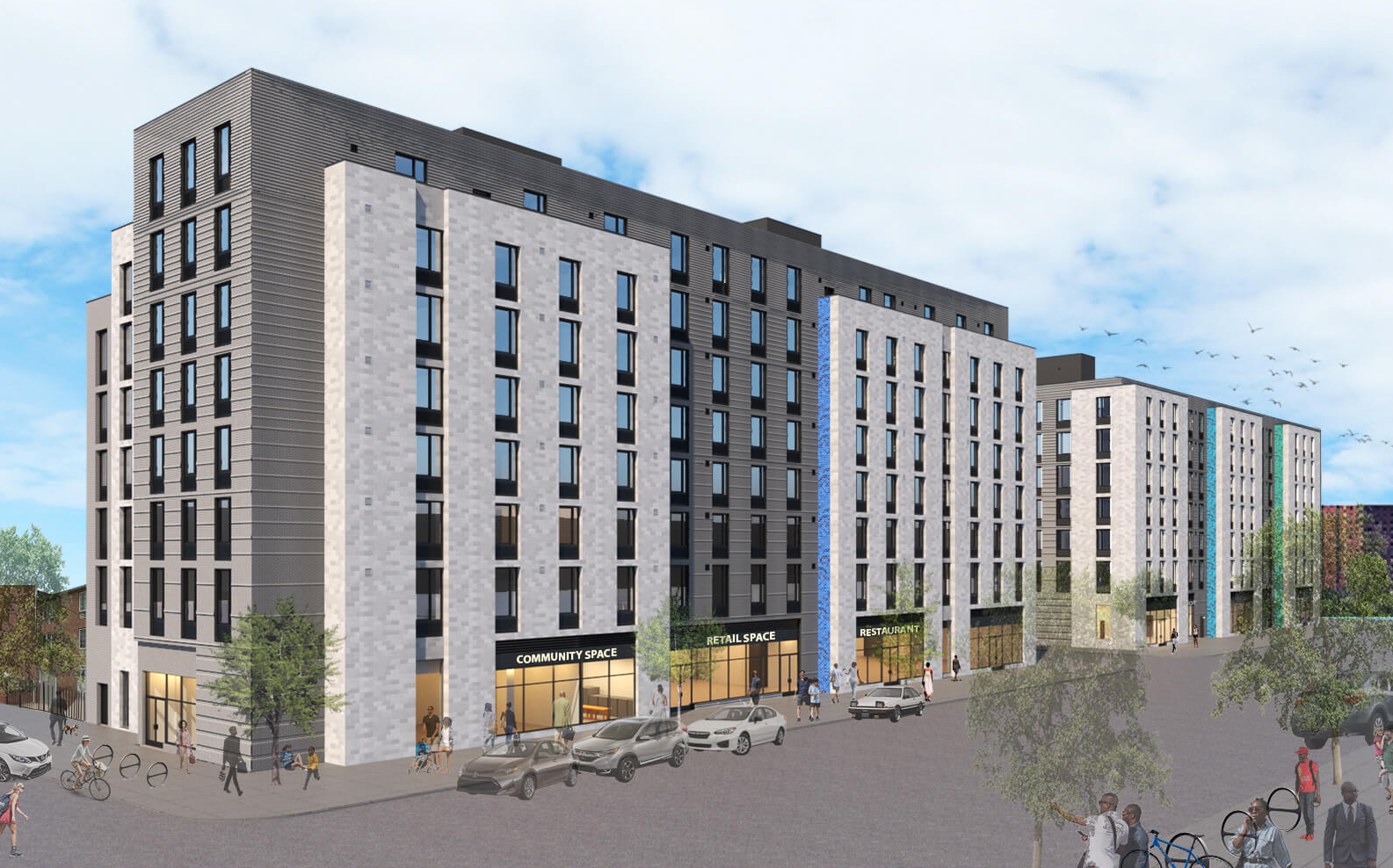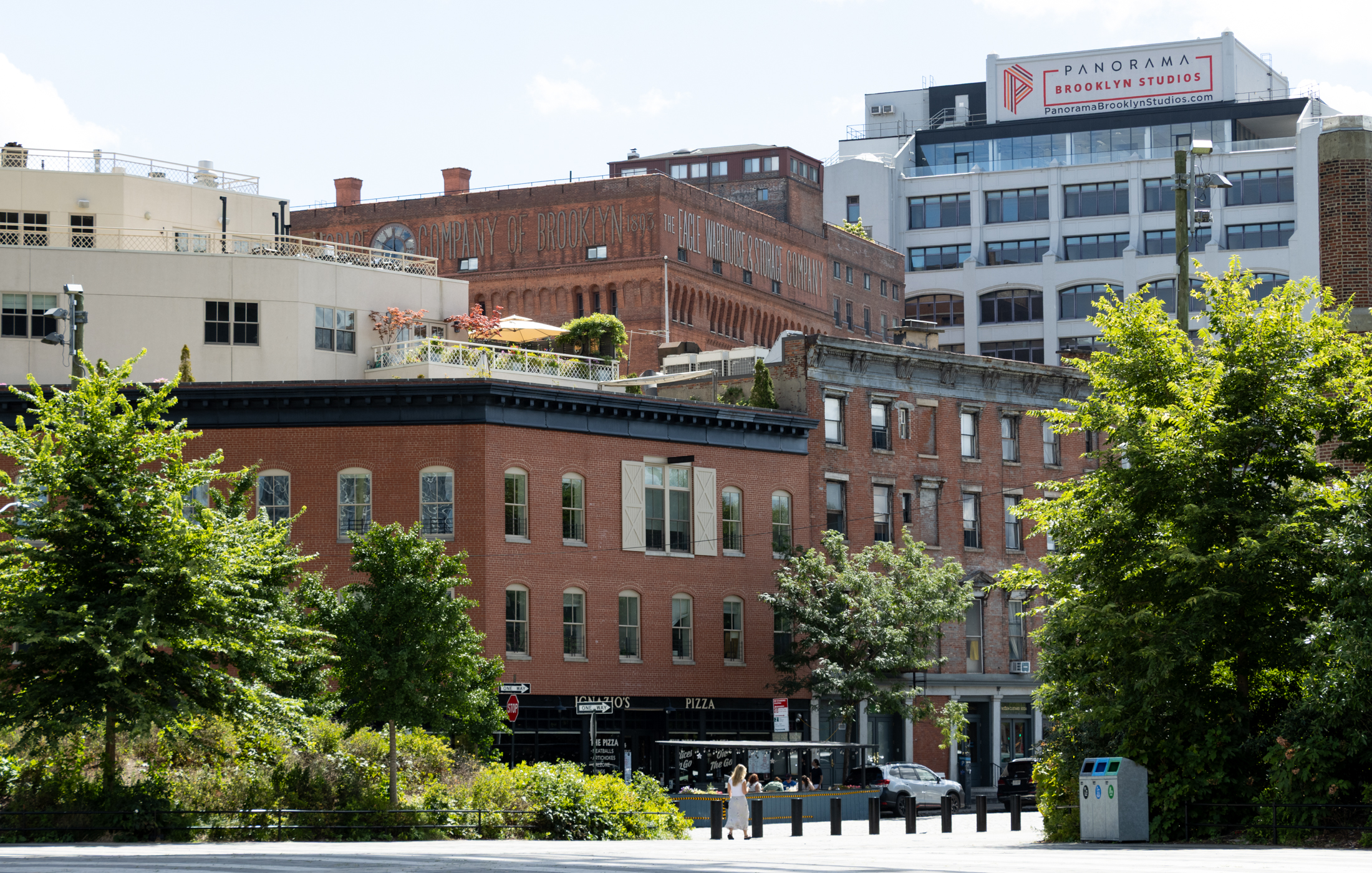Queenswalk: Kaufman Astoria Studios
When we think movies and movie stars today, we generally think Hollywood. But in the earliest days of motion pictures, the stars and the movie theaters were here in New York City. After all, New York was home to some of the greatest entertainers and culture in the world. We had Broadway and the great…


When we think movies and movie stars today, we generally think Hollywood. But in the earliest days of motion pictures, the stars and the movie theaters were here in New York City. After all, New York was home to some of the greatest entertainers and culture in the world. We had Broadway and the great dramas, comedies and musicals, the Metropolitan Opera, Carnegie Hall, and all of the smaller houses and concert halls, countless vaudeville and variety acts, and performers from every form of entertainment one could possible imagine – the great, the average, and the really awful. This, not some city in California, was the entertainment capital of the world.
One of the biggest names in the new 20th century film industry began in a furrier’s shop in the fur district of New York City. A Hungarian-born Jewish immigrant named Adolph Zuker, working as a sucessful furrier, invested in a penny arcade theater on 14th Street. Zuker had been absolutely smitten with motion pictures since he had seen his first penny show in 1901, perhaps ten years after the motion picture had been invented. It was now two years later, and he had the capital to invest in his dream. His penny arcade showed short little movies, which we call nickelodeons, which just showed moving images; there were no real plots, no stars yet. But people loved it.
Before long, his “Automatic Vaudeville Company” had branches in Philadelphia, Boston and Newark. He got financial backing from another furrier named Marcus Loew, another lover of this new form of entertainment. Marcus Loew became the president of Loew’s Inc, which would one day become the parent company of Metro-Goldwyn Mayer. Zuker became president of Loew’s Enterprises, and they invested in fur shops, bakeries and grocery stores in neighborhoods and cities with large immigrant populations, and they turned those buildings into movie exhibition halls, where their short movies with no sound and no language could be understood by anyone. They cleaned up.
But Zuker got bored. He wanted to make bigger and longer movies. In 1912, he and his partner David Frohman showed the first full length feature film in America, a 40 minute film version of the stage play Queen Elizabeth starring the most famous actress in the world at the time, Sandra Bernhardt. The film, shot in France, with absolutely horrible film quality, was shown at the Lyceum Theater in Manhattan. The society and theater elite who would never be seen watching anything as vulgar as a motion picture, were there in droves. If Zuker was successful in wooing them, he had it made. The film rolled, and 40 minutes later, the audience was applauding wildly. The one-time furriers had new careers.
Zuker and Frohman went on to form the Famous Players Film Company to produce and distribute full length films. Their first success was a film called The Count of Monte Cristo, released in 1913. It made big bucks. New film companies were forming daily, and Zuker merged with one of the more successful, the Jesse L. Lasky Feature Picture Play Company, which had made the first Hollywood movie: Squaw Man, directed by Cecil B. DeMille.
The Lasky company had been started by Jesse Lasky, Lasky’s brother–in-law Samuel Goldwyn, Cecil B. DeMille, and attorney Arthur Friend. The new company, launched in 1916, was called Famous Players-Lasky Corporation. In no time, they had eight film production companies under their wing, including a distribution company called Paramount Pictures, and were now the biggest players in the silent film business. So of course, they needed studio space.
In 1920, they built this studio complex in Astoria, in the cheaper and roomier confines of Queens, but only a distance from the theater district, thanks to the newly opened 59th Street Bridge. Both features and short films were filmed here by this company, between 1920 and 1933. The company also had studios in Hollywood. This New York branch was structured to find new literary materials, including the pictorial rights to popular plays and novels, as well as the latest in European materials. They also had access to the great talent pool of actors and performers in New York.
The first two Marx Brothers films Cocoanuts (1929) and Animal Crackers (1930) were filmed here, as was the first Sherlock Holmes movie, The Return of Sherlock Holmes (1929). Some of the greats in silent films and early talkies worked here, including Rudolf Valentino, W.C. Fields, Dorothy Gish and Gloria Swanson. In 1928, Jesse Lasky announced that the studio would close soon, temporarily, and re-open as a sound stage for the new “movietone” films, the first talkies. Their first talking motion picture was The Letter starring Jean Engels, filmed in 1929. Claudette Colbert, Edward G. Robinson, Burns and Allen, Tallulah Bankhead, Helen Morgan and hundreds of other actors worked in the studio over the next four years.
All in all, over 130 short and feature films were shot and produced here at the studios, now called either Astoria Studios or Paramount Studios, before all film production for Paramount was re-located to California in 1932. The studio was turned over to independent film makers whose films were released by Paramount. The most famous and controversial of these independent films was the adaptation of Eugene O’Neill’s The Emperor Jones, starring Paul Robeson, and directed by Orson Welles.
The last film to be made at the Astoria Studios before World War II was a WPA film called The Third of the Nation. It was said that Mayor Fiorello LaGuardia tried to persuade Paramount to stay, but the warm climate and less expensive costs in California were too much for them to give up.
In 1942, the United States Army Signal Corp took over the studio for the making of training and indoctrination films for the War effort, and later for propaganda purposes. Officially the facility was known as the Signal Corp Photographic Center, and later, the Army Pictorial Center. The APC put out 300 films per year between 1942 and 1970, making it the largest film producer in the world. Many famous Hollywood directors and actors worked on these films, including director Frank Capra, and stars Jimmy Stewart and John Wayne. The Corp took up the main studio building as well as sound stages, storage facilities, a distribution center, barracks, and a mess hall, from 34th to 36th Avenue between 35th and 37th Street.
The studio was in continuous use until 1970, when the Army ceased production and turned the building over to the City of New York. During the 70s, they leased it out to independents through the Mayor’s Office for Motion Pictures and Television. The television show The Big Picture was shot here during this time, as was the Marlo Thomas film Thieves, and the Sean Connery film The Next Man. Public television station WNET also used the facilities.
In 1977 Sidney Lumet filmed The Wiz here, the first feature film to use the studios in years. Blasé New York City was actually excited, the NY Times headline reading, “Hollywood’s Biggest Star is Actually Little Old New York.” In 1978, the six contributing buildings that made up the studios were placed on the National Register of Historic Places, and in 1982, real estate developer George Kaufman leased the Studios and re-named them Kaufman-Astoria Studios.
Since then, the studios have been bright with activity. After the dead years of the 70s, film and television production came back to New York City. Hair, Goodfellas, Carlito’s Way, Moonstruck, Glengarry Glen Ross, The Bourne Ultimatum, The Taking of Pelham 1 2 3, Eat, Pray, Love, and even Ishtar were filmed here, as were many public television shows like Sesame Street, and Where in the World is Carmen Sandiego. Judge Judy filmed here, as did The Cosby Show, MTV Unplugged, Law and Order, and its spin-offs. Men in Black III was shot here, and more recently, the new Ben Stiller movie The Secret Life of Walter Mitty was also filmed here.
George Kaufman did a lot in the neighborhood to bring business to the studios. He established the Museum of the Moving Image, and the Kaufman Astoria Movie Theater. He and local business leaders also persuaded national restaurant chains to take a chance on a neighborhood that had gotten a bad reputation over the years. The facility now has seven sound stages, including the newest, Stage K, which opened in 2010.
And just last week, on Dec. 3rd, ribbon cutting ceremonies ushered in the opening of Kaufman Astoria Studios new backlot, the only one in New York City. It will enable filmmakers to shoot outdoor scenes and action sequences without having to go on location. The backlot necessitated the de-mapping of a section of 36th Street, between 34th Avenue and 35th Avenue. Many local residents were not happy about that, and hopefully some kind of neighborhood accommodation can be made. The Studios have a long history in the community.
Oh, and Adolph Zuker, who helped start it all? He died at the ripe old age of 103, in 1976. That’s movie magic. GMAP
(Photograph:Shah2012 for Wikipedia)









What's Your Take? Leave a Comment